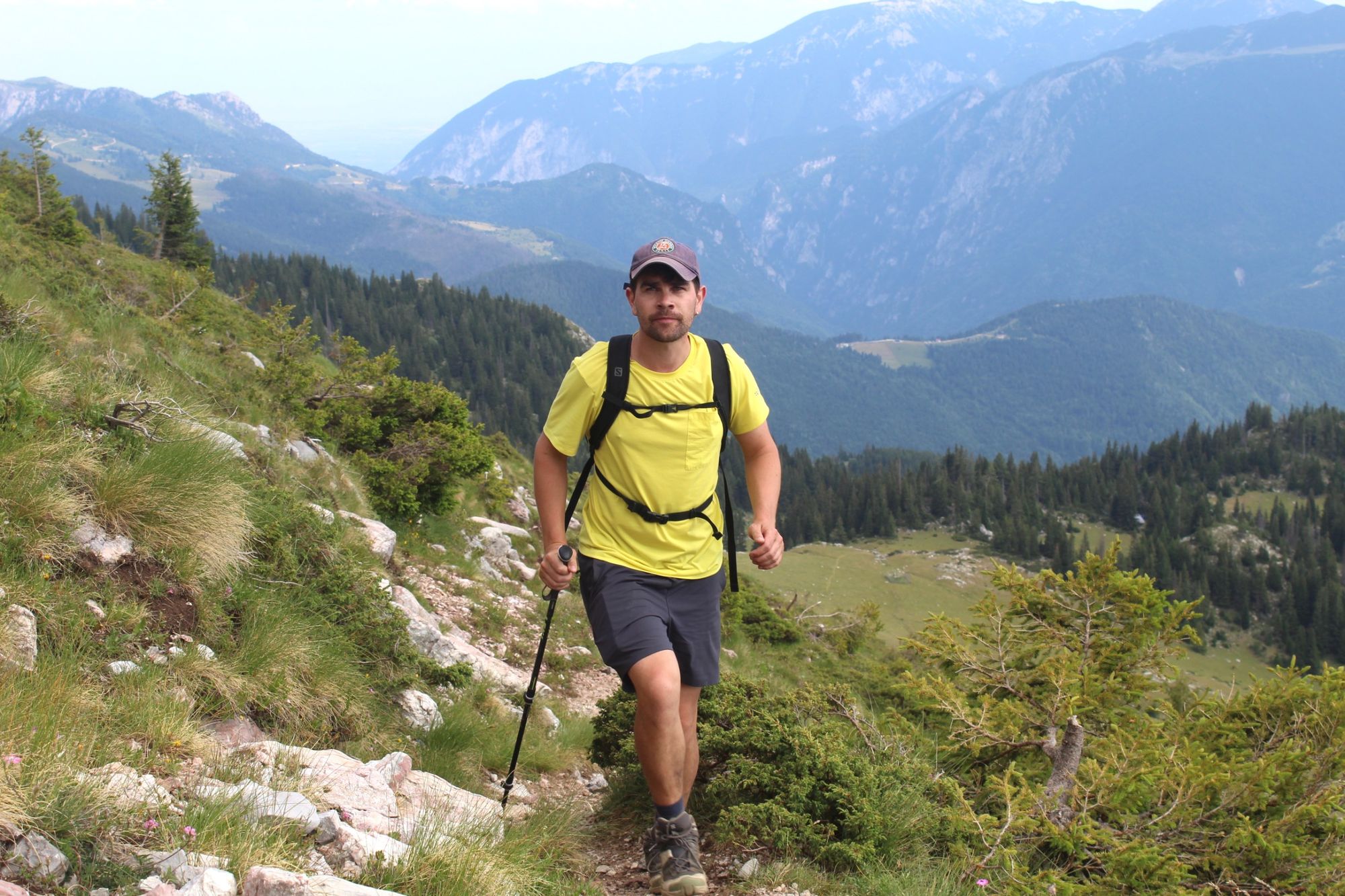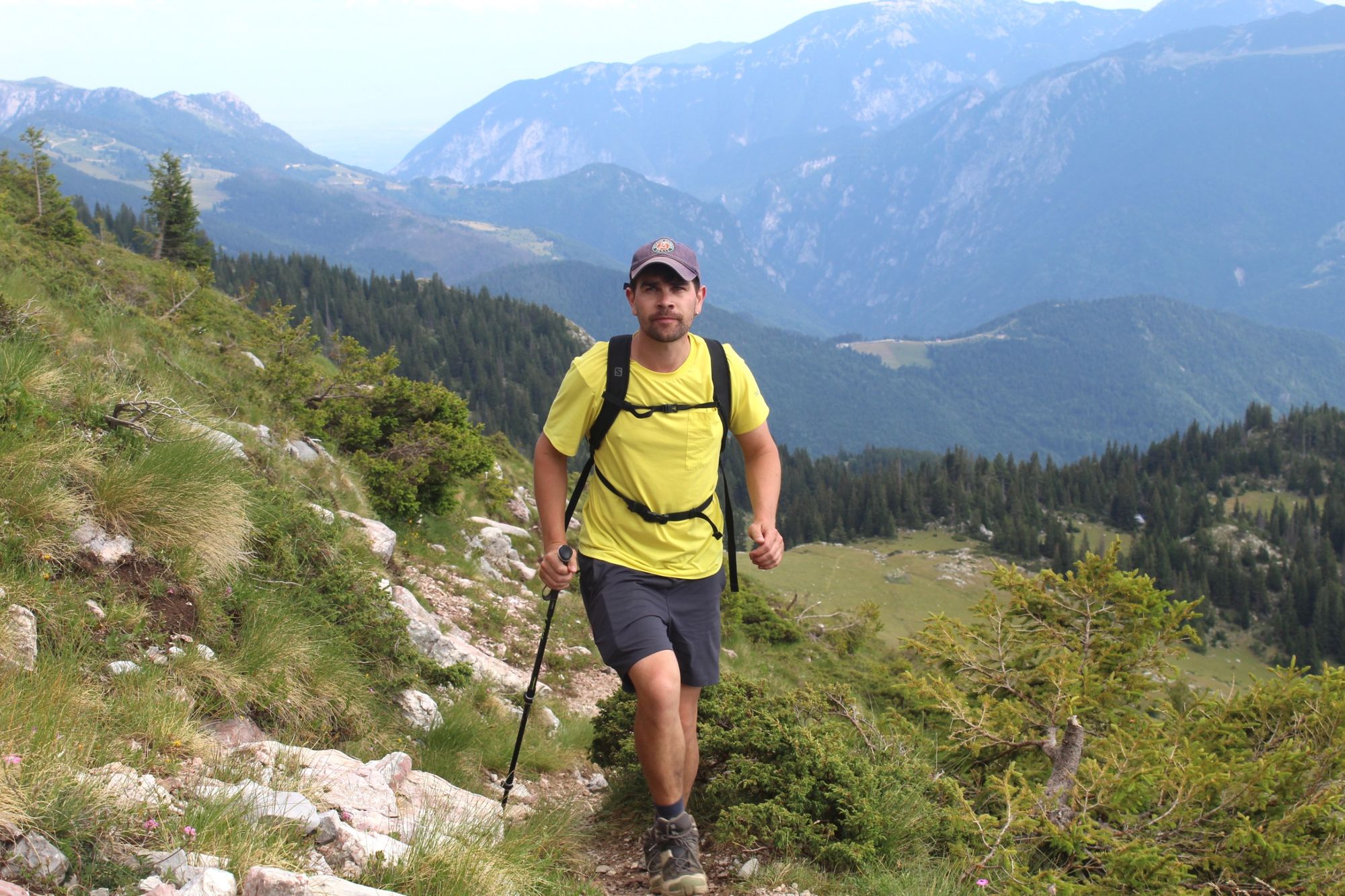
Kosovo is a small country containing grand multitudes. When I think of my time hiking here, I think of yellow and pink wildflower meadows, of choughs swooping from high, rocky outcrops, of border ridgelines and mosaic forests home to bears and wolves; wildlife now lost to most of Europe.
The wafting scent of burek, the homemade cheeses and the bustle of the family-run lodges; the bright flora and brighter bee-eater birds fluttering around.
I picture the blue flag of Kosovo flying above remote mountain refuges, overlooking deep, green, lapping valleys, next to the red flag and double-headed eagle of Albania. I think of Pristina, the buzzing capital, where big, brutalist buildings capture the intrigue, and statues of Bill Clinton and Bob Dole take some visitors off guard. The statues were erected to honour the help the US gave the Kosovo Liberation Army (KLA/UÇK) during the Kosovo War, which ended after a NATO aerial bombing campaign against Slobodan Milošević’s Yugoslavia in 1999.
Those who don’t know much about Kosovo (I recommend Noel Malcolm's Kosovo: A Short History) may think of the war first when they think of Kosovo.

The history is inseparable from today's Kosovo. Most people you meet will be old enough to have lived through it, and there are sobering, poignant tales to be told, and war memorials (such as the Heroinat Memorial in Pristina) to visit, dotted around the country. But to focus only on that history misses the heart of Kosovo; the wafting scent of burek, the homemade cheeses and the bustle of the family-run lodges; the bright flora and brighter bee-eater birds fluttering around.
I visited the country for the first time this summer. I’ve only just scratched the surface of this storied place - but here are some travel tips for visiting Kosovo.
Keep an eye open for edelweiss flowers
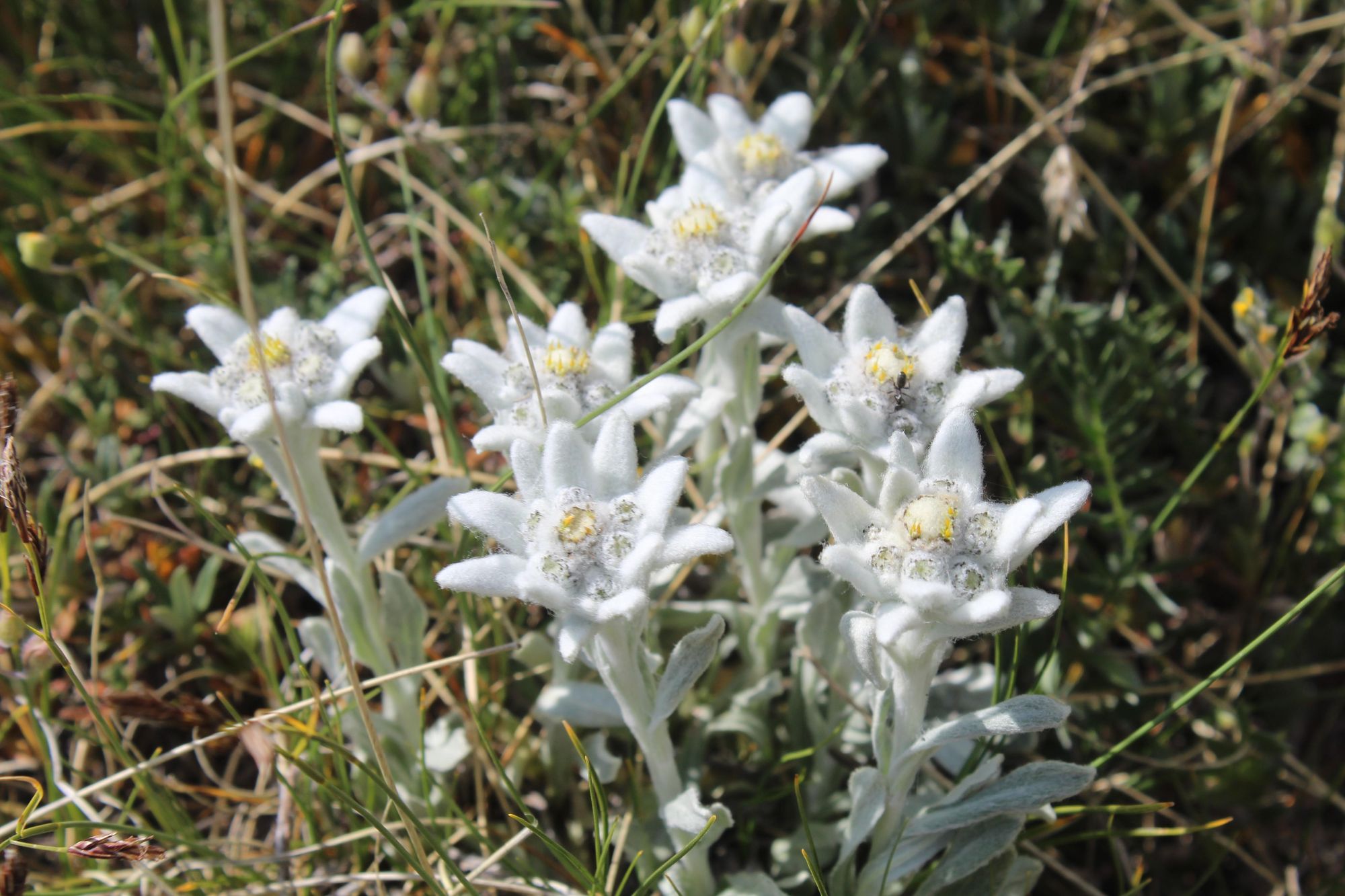
The elusive edelweiss is one of the most beautiful flowers in the world. Small and white, with hairy flowers to protect it from the cold, these rare plants are only found at altitude. It was while walking along the ridgeline of Hajla, a 2,403m (7,884ft) mountain on the border with Montenegro, that my guide first pointed one out. I was overjoyed. Then we spotted a whole cluster.
A lot of Kosovo’s nature feels untouched. Our hike took us through shrubs bursting with natural berries, through oak forests and vibrant meadows...
I hadn’t expected to see edelweiss in Kosovo, and it put a huge smile on my face. Come to think of it, perhaps this was one thing I’m glad I didn’t know before visiting - but now that you do know, perhaps you’ll see even more than I did.
A lot of Kosovo’s nature feels untouched. Our hike took us through shrubs bursting with natural berries, through oak forests and vibrant meadows where whinchats chirped around colourful wildflowers. Such a varied landscape means there’s a really healthy population of mammals in Kosovo. I spotted a couple of black (or very dark red) squirrels scurrying around. Almost every big mammal in Europe can be found here - from wolves and wildcats to bears and Balkan lynx.
The humble burek is a perfect hiking snack
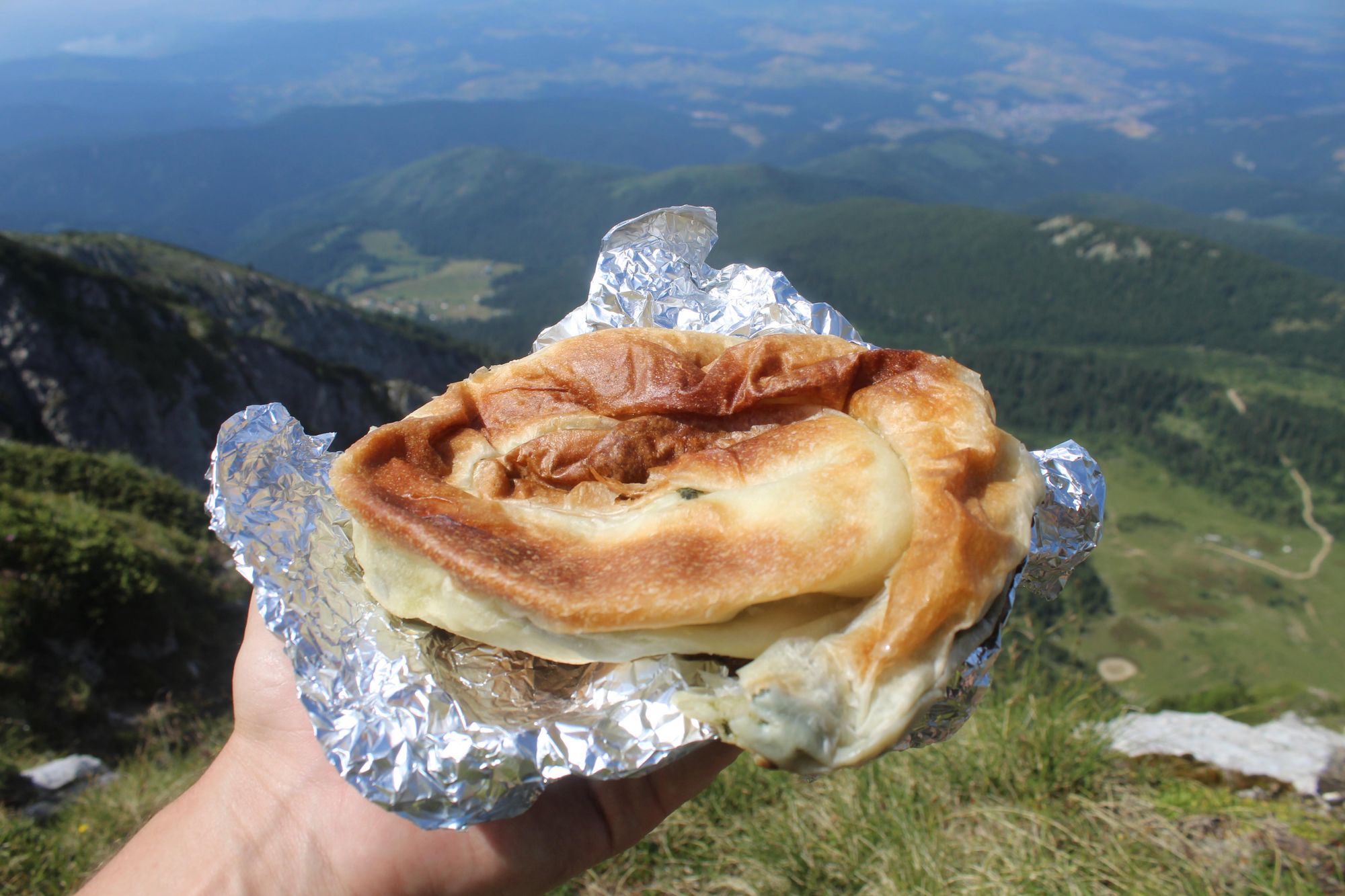
Why squash a sandwich in your hiking pack when you can squash a burek instead? I ate the best spinach burek of my life on the summit of Hajla, looking out to the town of Rožaje in Montenegro - my back to the green of Rugova.
The mouthwatering cuisine of Kosovo sits somewhere between Albanian, Ottoman and Balkan cooking. So, get excited when you sit at the dinner table.

Dining in remote mountain refuges is typically a communal experience. When the banquet - and it will be a banquet - begins, look out for sarma (stuffed vine leaves), sucuk (Turkish sausage), homemade Sharr or Rugova cheese, flija (a sort of layered crêpe) and ajvar (a Macedonian red pepper condiment, which you should eat with everything and anything). You won’t leave hungry.
Sidenote: you will likely be offered rakia - a homemade spirit similar to schnapps - after eating. Do be careful. It’s around 45% ABV and the quality varies wildly.
In the cities, grab fresh burek (meat, cheese or spinach) from bakeries for a euro and look out for shtalba - grilled corn, usually sold in squares or on sidewalks.
Don’t fret border crossings (but do get permits)
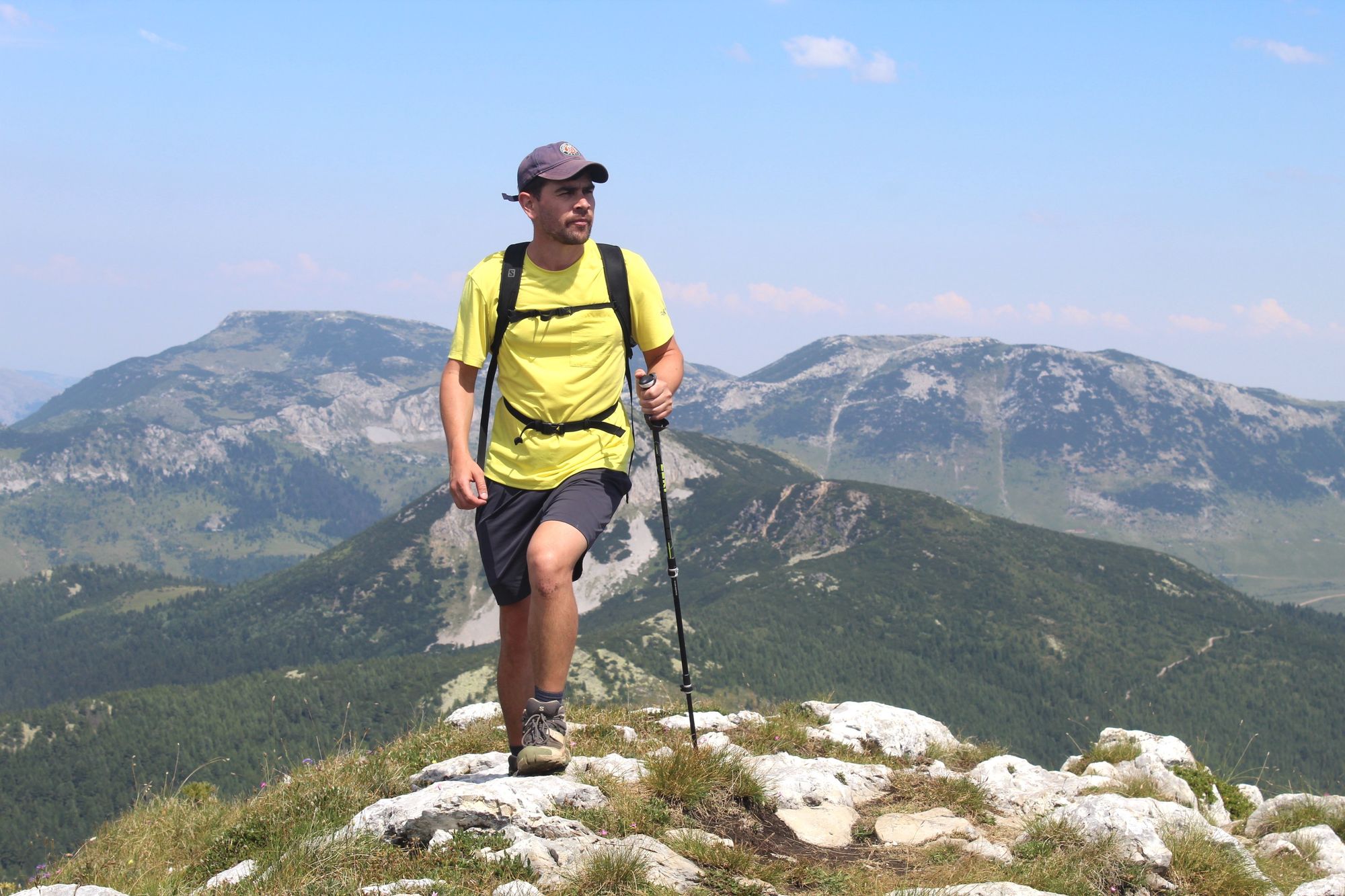
A lot of hiking trips in Kosovo involve criss-crossing borders. I was walking the Via Dinarica Kosovo, which includes dipping in and out of Montenegro - typically while surrounded by far-reaching views of layering mountains.
We were also on the border with Albania, high in the Accursed Mountains. Kosovo is not an EU member country (although it is recognised as a potential candidate), but since I was on the Via Dinarica Kosovo route, and thus staying overnight in Kosovo every night, no permits or paperwork were required.
Booking a local guide has endless benefits in a country as historic and culturally distinct as this.
If you were going to walk the Peaks of the Balkans however, which involves overnight stays in Albania, Kosovo and Montenegro, you would need to apply for permits for each country. The same applies for the High Scardus Trail - which can involve stays in Albania, Kosovo and North Macedonia.
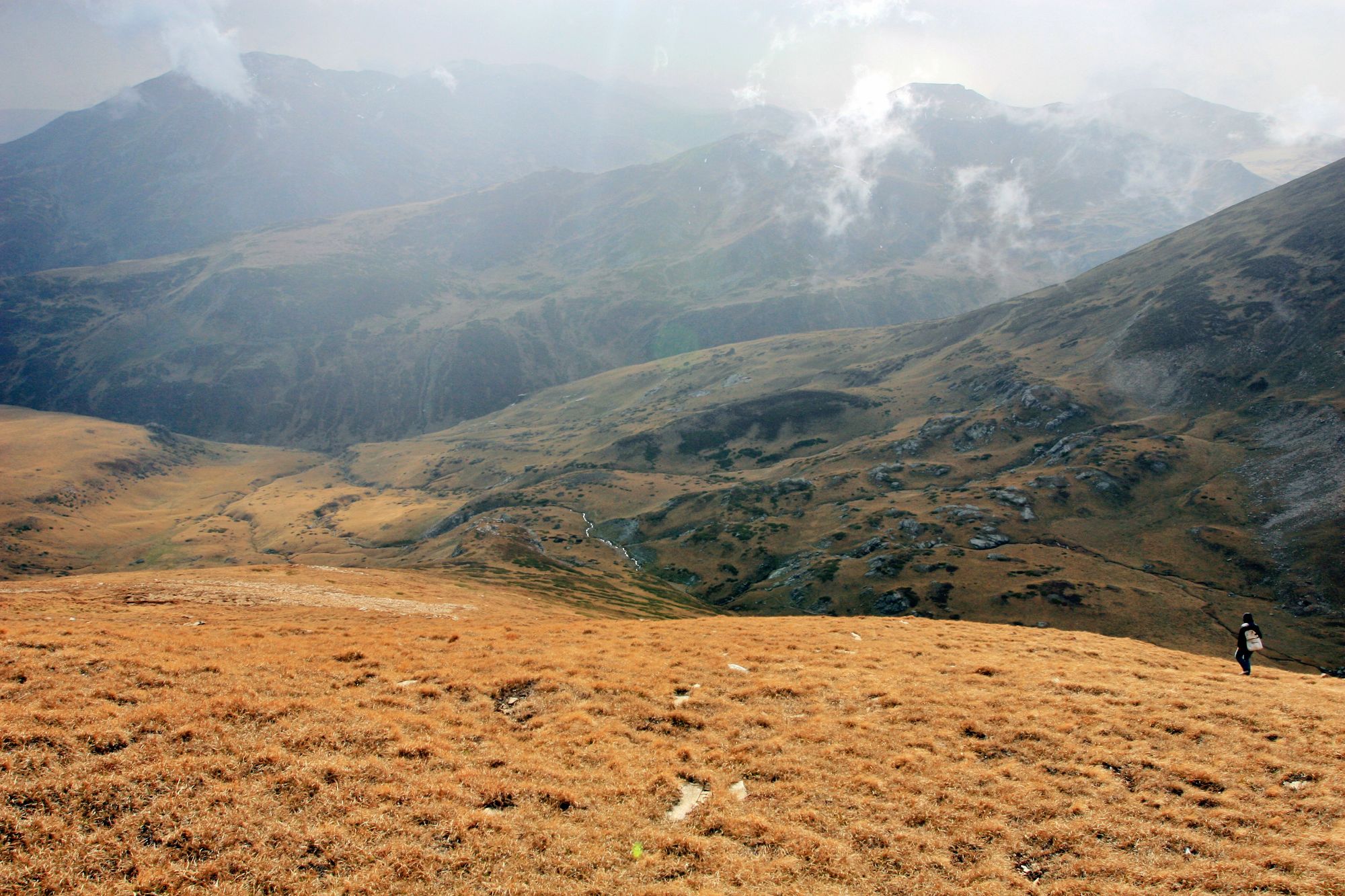
The hiking trails are typically very well marked in Kosovo, but booking a local guide still has endless benefits in a country as historic and culturally distinct as this - and a big added bonus is that a guide can also sort out permits for you.
Grab an e-sim if you want internet
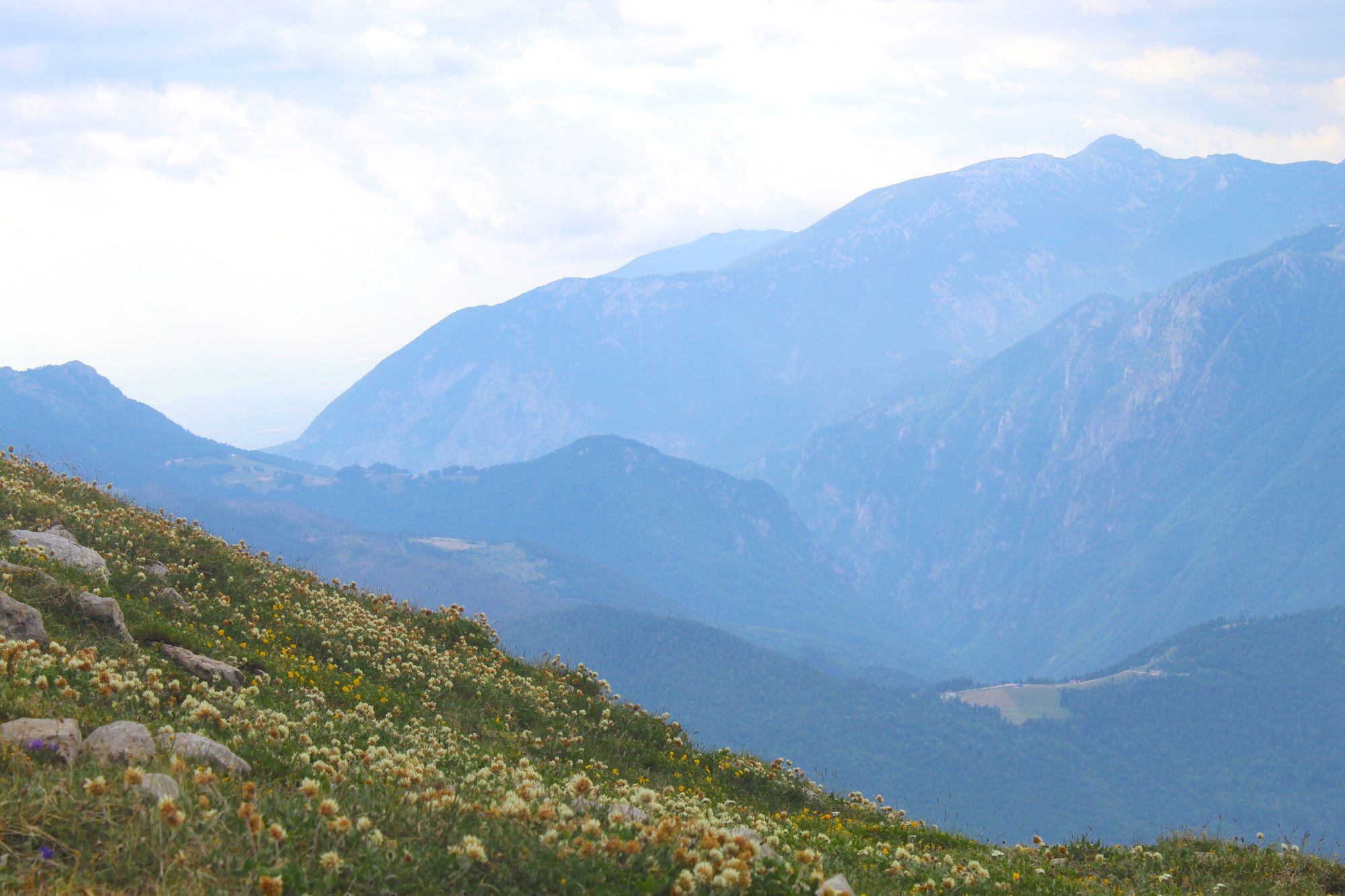
Short and sweet, this one. Since Kosovo isn’t in the EU or EEA, roaming charges here can be sky high, and signal can be very poor. I got around this by purchasing an e-sim. You can get them from various companies, and they’re easy to set up. I bought an e-sim from ‘yesim’ for 36 USD, which gave me unlimited internet usage for a week. Alternatively, leave your phone in your suitcase!

You’ll see as much Albanian red as Kosovo blue
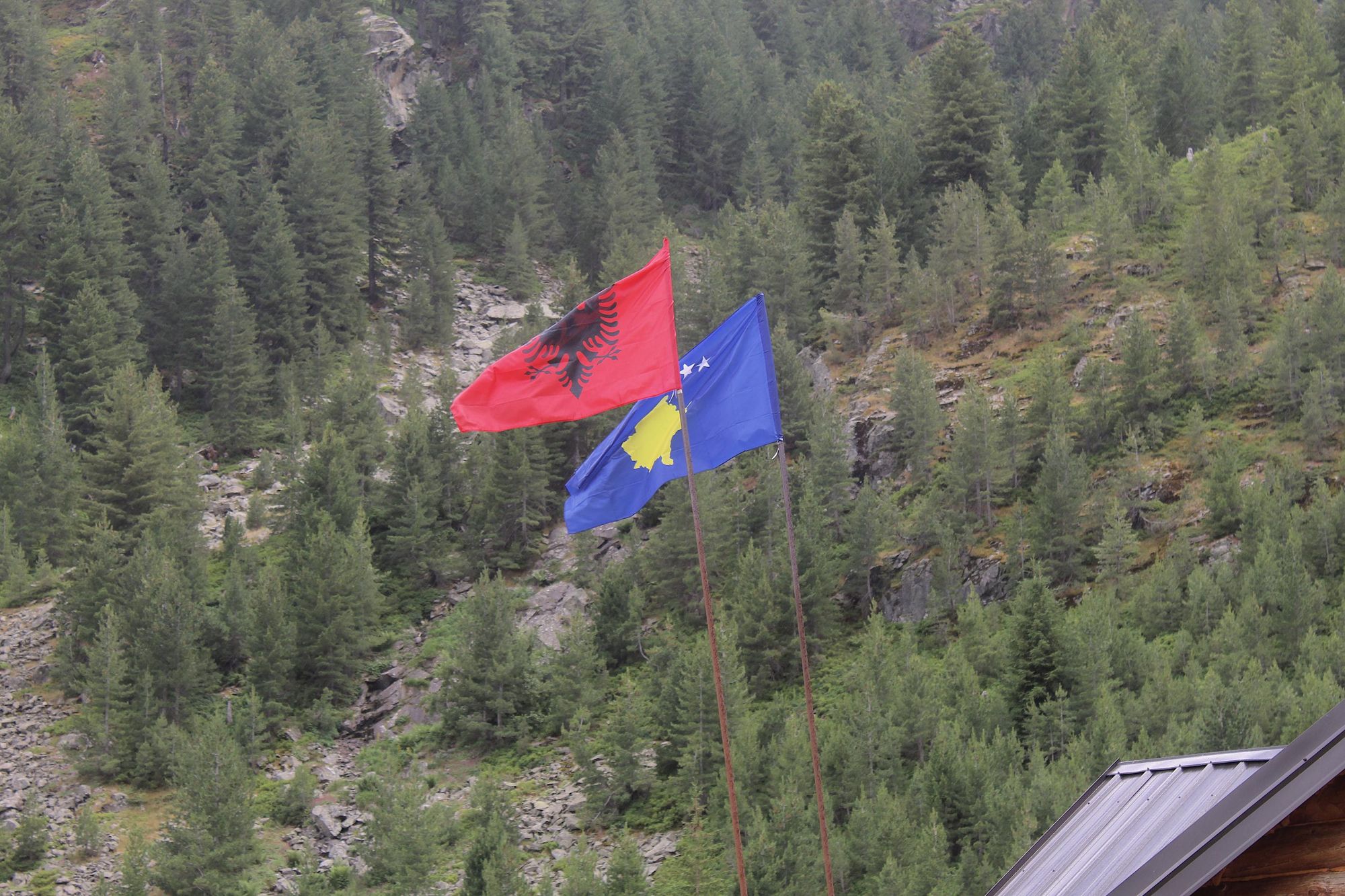
This will be obvious to anybody who knows the history, but I thought it was worth including, since it’s a particularly specific part of the country's culture.
The Kosovo flag (adopted in 2008) is blue, with six stars representing the main ethnic groups in the country.
The majority of the population in Kosovo are ethnic Albanians. They share a lot of their cultural heritage and traditions, plus a language, with Albania. What many visitors don’t realise is that this means a lot of people in Kosovo actually identify both as Kosovar and as Albanian. So you might hear people refer to themselves as from Kosovo, or as Kosovo Albanians or Albanians (and of course, there are also other ethnic groups in Kosovo, including Serbs and Bosniaks).
You’ll see a lot of Albania flags as you travel around Kosovo. Under Yugoslav and Serbian rule (pre-1999), a lot of Kosovo Albanians were denied certain rights, and displaying the Albanian flag became a sign of their identity, of resistance - and after the war, a symbol of liberation. The Kosovo flag (adopted immediately after the country declared independence from Serbia in 2008) is blue, with six stars representing the main ethnic groups in the country (Albanians, Serbs, Bosniaks, Turks, Romani, and Gorani), but many Kosovo Albanians still feel strongly connected to the Albania flag, and fly both at the same time.
At the top of Gjeravica 2,656m (8,714ft), for example, I found a Kosovo flag flying on top of a trig point which was painted the colours of the Albanian flag.
There are swim spots in the mountains
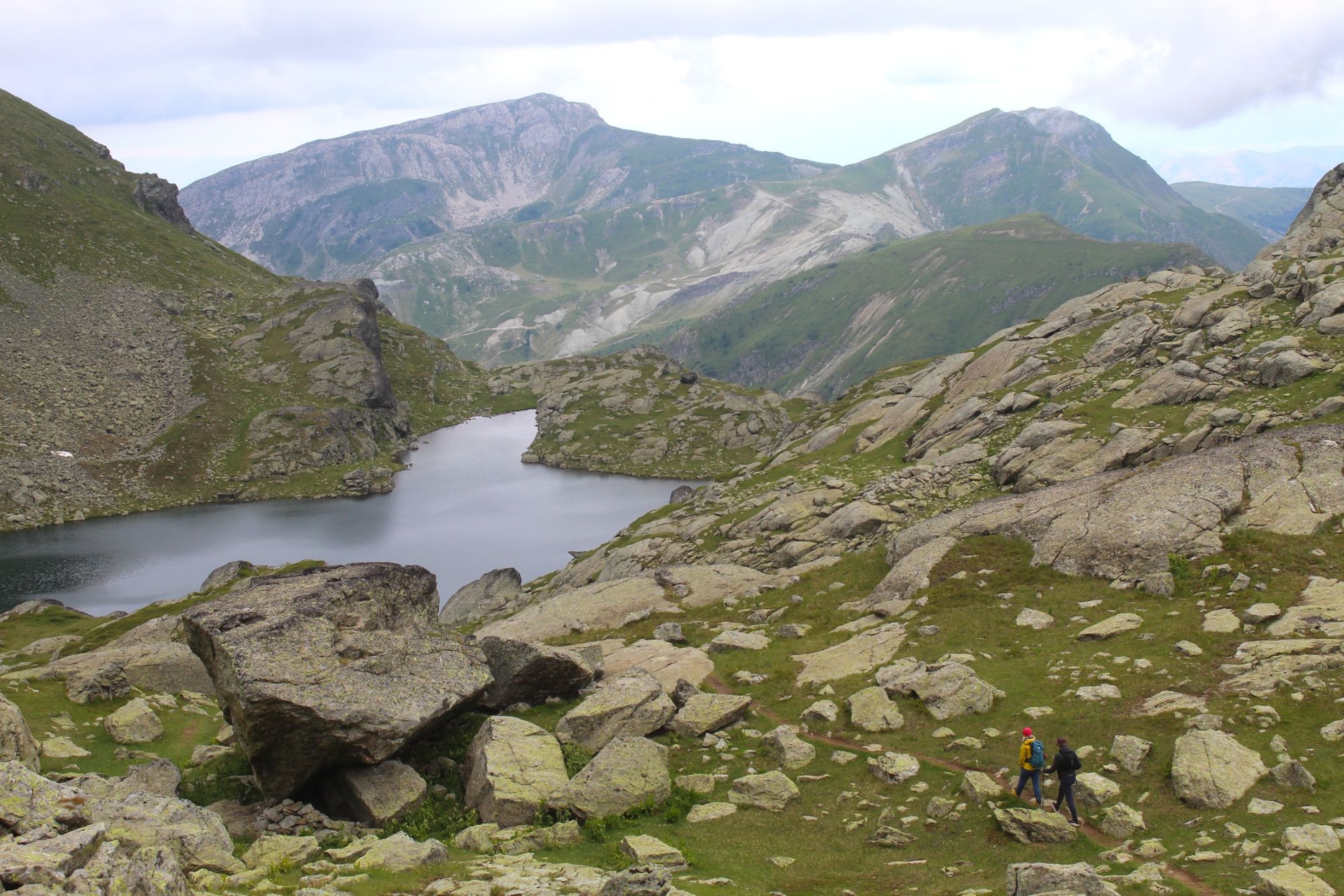
It was while I was descending from Gjeravica in the Accursed Mountains, the highest peak solely in Kosovo, that I saw it: the perfect wild swim spot.

This was Lake Gjeravica - guarded on three sides by mountains, and looking out to a field of blueberries and across the flatland of Kosovo on the other. I’d passed another dreamy mountain lake that very morning - a heart-shaped body of water, tucked away above Deçan Gorge, with a defiant slab of snow persisting in one corner. But alas, I hadn’t packed for such discoveries. I had no towel or change of clothes, and thus had no swim. Be better prepared than I was!
Brutalism can be brilliant too
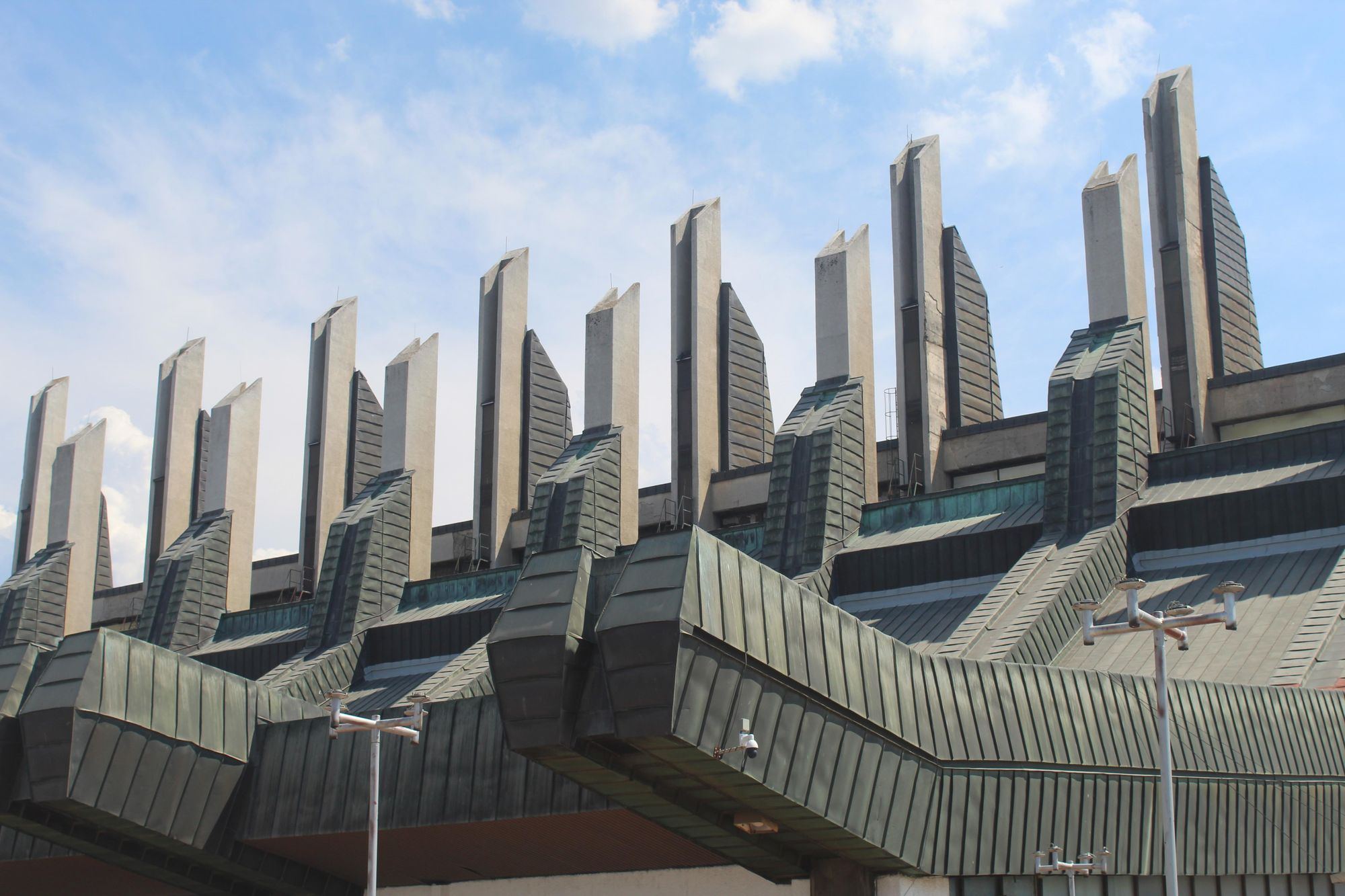
Pristina is a mishmash of a city - of religions and architectural styles, of old and new. But the most eye-catching buildings in the Kosovo capital are surely the brutalist ones. I like oddly shaped buildings, and thus love brutalist architecture.
There's also a dreamy regional park called Gërmia just outside of Pristina, perfect for a morning run. The lungs of the city...
Visit the Cathedral of Saint Mother Teresa and pay two euros to go up the bell tower for a full city view of Pristina. On your way back into town, drop by the National Library of Kosovo - a remarkable piece of brutalism; the library imprisoned in mesh. Head to the Newborn Monument, unveiled on 17 February 2008 (the day Kosovo declared independence). Behind it is The Palace of Youth and Sport, another impressive bit of Yugoslav-era architecture.
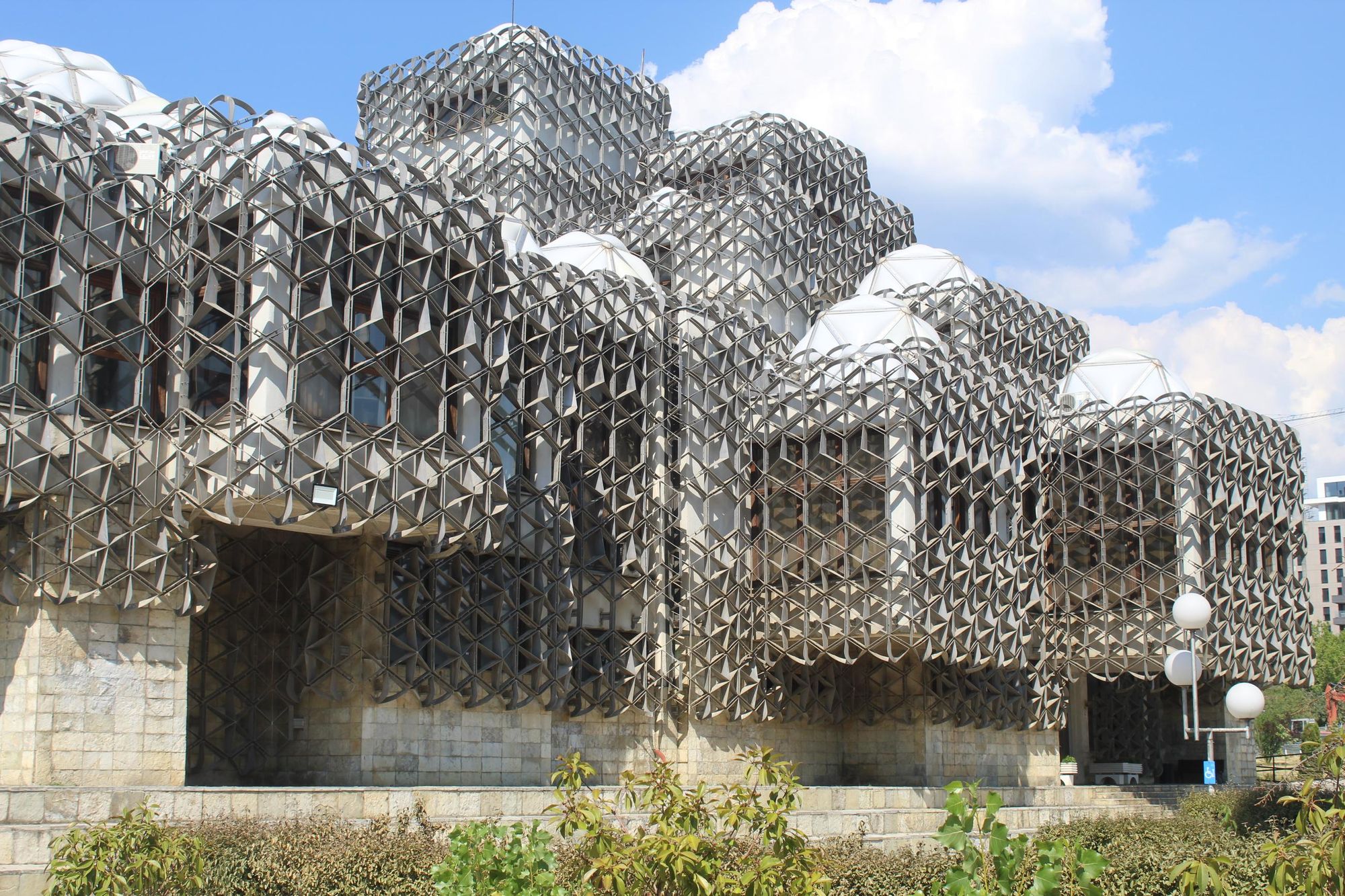
All of those aforementioned spots are well known. What is less well known is that there is also a lot more to Pristina than the brutalist buildings and status. For example, there's also a dreamy regional park called Gërmia just outside of Pristina, perfect for a morning run (if you are so inclined). The park is lined with oak and beech forest. “It’s the lungs of the city,” as my local guide said.
At night, walk around and it's apparent that Kosovo has the youngest population in Europe (the median age of the 1.6 million people is just 32.6 years old). There's a real energy. See if anywhere takes your fancy for a cheeky Birra Peja.
Inspired? Check out our full range of adventures in Kosovo now!

